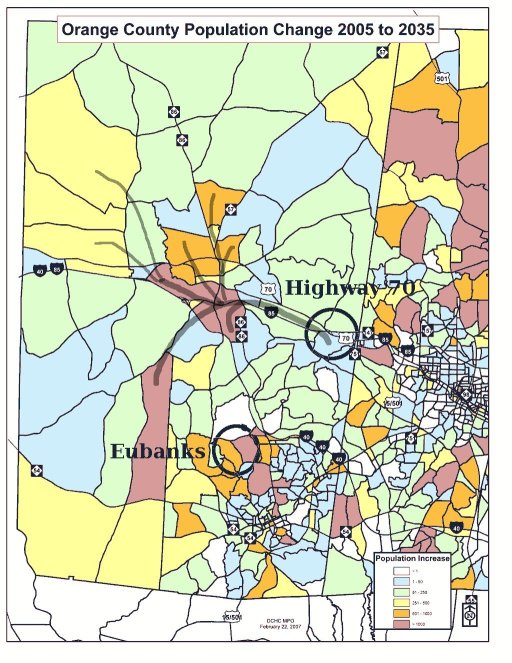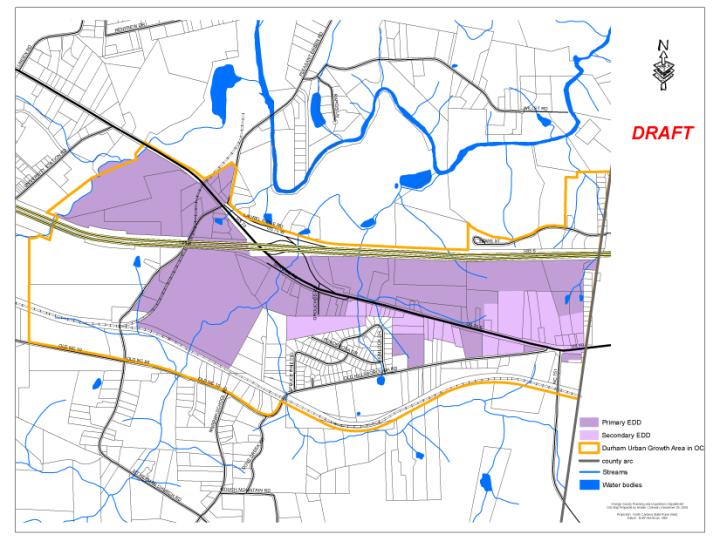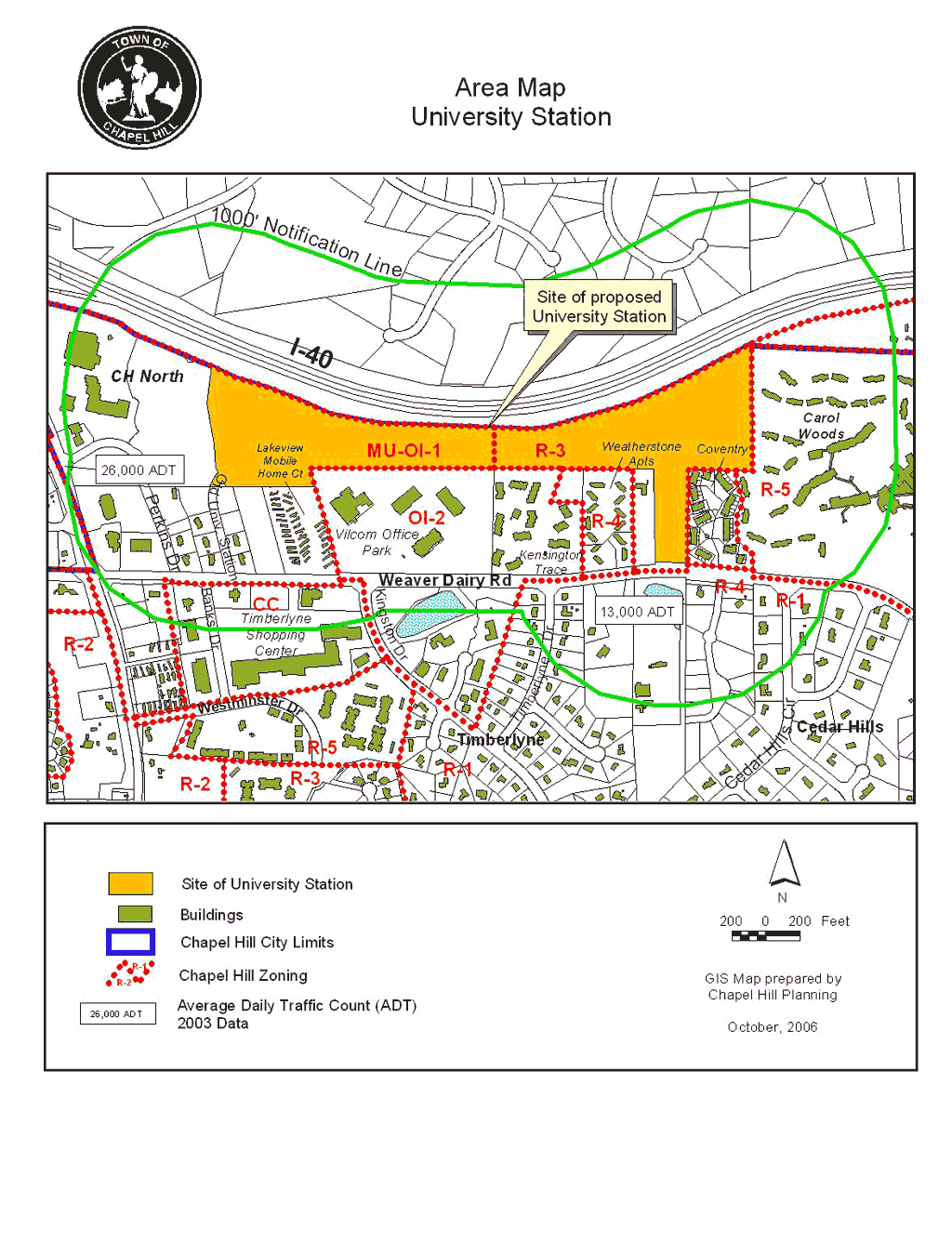Live ‘blogged from hearing:
Laurin Easthom picked up on a point that I didn’t have time to speak to this round: hazardous material remediation.
It’s incredible that a hazardous waste assay hasn’t been done on a piece a property that is known to have had oil and gasoline exposures. Back in the ’80s I used to do environmental assays of just such properties. The cost was quite modest, moreso considering the heightened risk entailed by this site.
As Laurin pointed out, the taxpayers will eat the open-ended cost of remediation – now, as the project starts, instead of later. So, one hit on tainted soil in 2007 could cost the Town’s taxpayers $2-3 or more million.
Where’s the due diligence? This is symptomatic of the gaps opened up during the negotiation process.
Now Jim Ward has jumped in on the hazardous waste issue adding that remediation is more than soil removal. Volatilization of the chemicals could require long term pumping strategies. As Jim said “I’m not ready for an open ended commitment”.
Jim calls RAM’s Casey Cummings out on the energy commitment language in this agreement – “don’t we already know what your answer is?” Jim Ward wants the language struck as a farce – non-sensical given RAM’s VP Casey Cummings rather stern declaration that they won’t do more.
Mayor Foy tries to defend RAM Development’s language – saying, incredibly, “it’s not like they will just change the numbers”. This with a project that has lost half of its putative purpose while increasing required public expenditures 15-fold. Tomorrow’s video clips hopefully will capture Foy’s strange defense.
Jim Ward jumps in with a valiant defense – and makes the excellent point that they’re leaving a tremendous legacy – a poor legacy if they let the project go forward.
Later on:
Foy suggests there should be some give and take – more negotiating but RAM has already squeezed an incredible deal out of Council. Trading more elements away makes a tragic mess worse. My review of the negotiating process convinced me that our Council members compromised all the promise of this project away while RAM gets to pickup a bigger and bigger payday.
Sally Greene jumps in bolstering RAM’s VP Casey Cumming’s suggestion that they don’t spend $200K on a consultant to verify LEED compliance but on actual energy improvements. The problem? RAM’s credibility on delivering to target has been tarnished by their recent history. Reagan’s “trust, but verify” comes into play here. How, other than measuring the compliance, do we know we hit ASHRAE’s targets?
No reason to ask for compliance if it isn’t measured?
RAM’s VP Casey Cumming’s wants to move on to the SUP as the gatekeeper. Ralph Karpinos, the Town’s Attorney, points out that the SUP concerns itself only with LUMO (land use ordinance) variations and not energy/environmental concerns.
The Council, if the plan to “walk the talk” needs to stop the process tonight.
Dang! It’s tough watching Foy, Strom, Greene and Kleinschmidt work so hard on RAM’s behalf. Of course, Bill and Mark, using strategy to push through the proposal, were quick to move the resolution.
Hill and Thorpe are still out.
Right before the vote, Jim presses again on the hazardous waste liability. Karpinos says our only recourse is to default on the agreement and take our chances in court. In other words, the risk – which seems quite high given the prior use of this property – is passed on to the taxpayer.
Basically, RAM can sue the Town to move the project forward EVEN if the Town determines the cost of hazardous waste remediation isn’t tenable. The developer, RAM in this case, holds all the cards… The Town’s additional counsel says we have to go forward no matter what “damned if we do, dammed if we don’t”.
Would the “rah rah” folks pushing this broken deal be so jubilant if we don’t have the money to do social program improvements or couldn’t build the new pool complex, etc.
The counsel says the second environmental assay was unsanctioned and that there was a “smell of gas”.

















